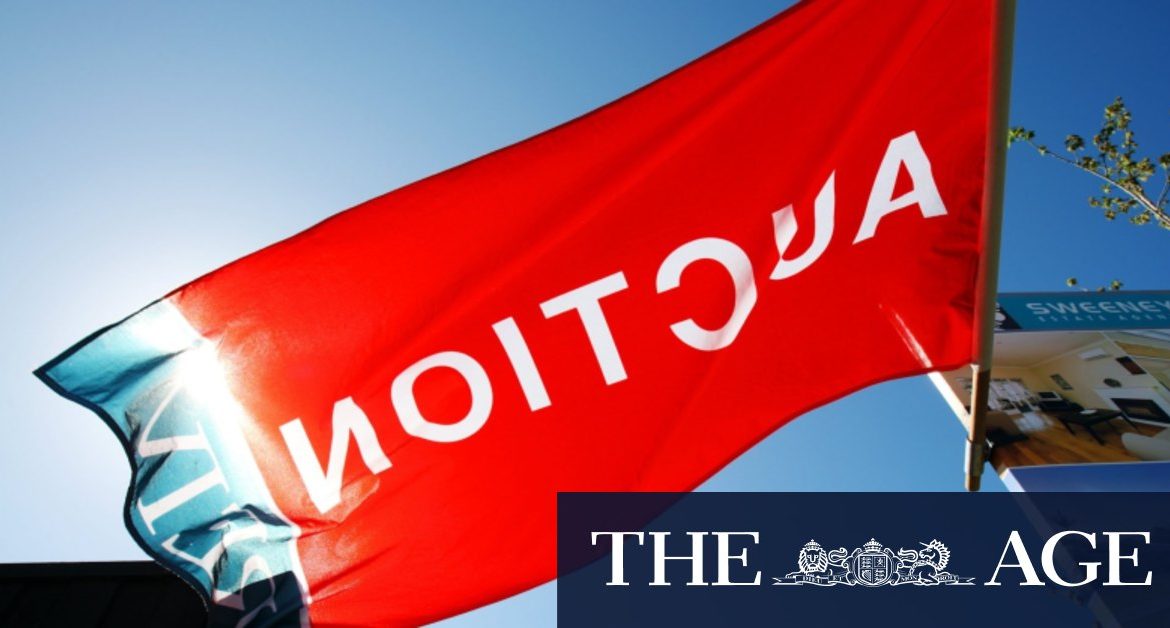In Melbourne, house values lifted by 0.6 per cent while unit values were up by 0.1 per cent. Over the past 12 months, house values in the southern capital are still 2.8 per cent lower while units are down by 0.6 per cent.
The ANZ’s measure of job advertisements showed further growth, lifting by 2.3 per cent in January for the eighth consecutive monthly increase. Ads are now 5.3 per cent above their pre-pandemic level.
Prime Minister Scott Morrison, in an address to the National Press Club, noted the improving outlook for the jobs market.
“The Australian labour market is coming back and I think it is coming back far more strongly than I think many anticipated, but it still has a long way to go,” he said on Monday.
Both the Reserve Bank and the Morrison government have anchored key policy decisions on the strength of the jobs market.
In housing, regional parts of the country continue to out-perform the capitals. Values have jumped by 12.1 per cent in regional Tasmania over the past year, the largest lift in any part of the country, followed by regional South Australia where values have improved by 10.6 per cent.
CoreLogic research director Tim Lawless said housing values were lifting in part due to very low numbers of houses on the market.
Job ads are now 5.3 per cent above their pre-coronavirus level in another sign the economy is recovering.Credit:Louise Kennerley
“With housing activity continuing to rise at above average levels while listing numbers remain well below average, the natural consequence is upwards pressure on housing prices,” he said.
The lift in values is being driven by record low official interest rates plus government support programs such as the federal government’s HomeBuilder grant.
Data from the Australian Bureau of Statistics showed another large jump in home loans which increased by 8.6 per cent in December. Since their low point in May, the value of home loans has climbed by 59 per cent to an all-time high of $26 billion.
Loading
Victoria has led the way in the past two months with the value of loans in the state jumping by 43.6 per cent to a record $5.6 billion in December. In NSW, loans increased by 8.3 per cent over the same period to a record $6.5 billion.
The average new loan size for owner-occupiers has jumped by 10 per cent since July to $538,000 nationally.
EY chief economist Jo Masters said the property market was showing signs of significant momentum with both investors and first time buyers lifting activity.
“From a policy perspective, rising household wealth is likely to be seen as increasing the prospect that households start to spend some of the war-chest of savings built over 2020, and this is needed to underpin economic recovery as policy support tapers,” she said.
One key aspect of that policy support, ultra-low interest rates, is not expected to change any time soon with markets not expecting any increase for several years.
Shane is a senior economics correspondent for The Age and The Sydney Morning Herald.
Most Viewed in Politics
Loading







